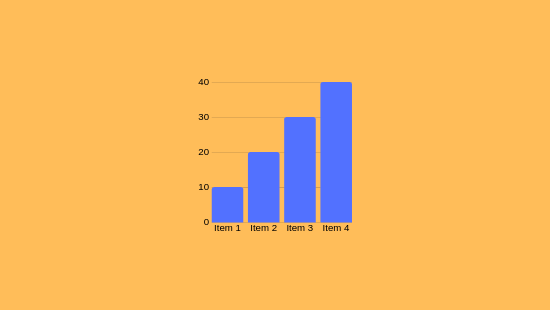Forex Indicators: How They Work
Forex Indicators: How They Work
Blog Article

As you delve into forex measurements, you'll discover they are computational techniques that scrutinize market numbers to predict market behaviors. These instruments assist in identifying market patterns, confirming market cues, and uncovering extreme market conditions scenarios. For instance, the RSI tracks market force, while Bollinger indicators assess volatility. Refining your trading strategy by integrating these indicators is crucial, especially if you aim to manage risk effectively.
Understanding Forex Indicators
Forex measurement tools are computational devices integrated in charts to aid investors in scrutinizing market dynamics and executing calculated trades. They offer insights into price movements and potential trading opportunities by processing historical and real-time data.
Forex tools are categorized into four primary groups: trend indicators (e.g., Moving Averages), momentum indicators (e.g., Relative Strength Index), volatility indicators (e.g., Bollinger Bands), and volume indicators.
These instruments can signal reversals, validate ongoing patterns, or indicate extreme buying/selling. If you're looking to enhance your methodologies, grasping their roles is vital.
Types of Forex Indicators
Upon evaluating market trends, traders often deploy a variety of indicators to guide their trading choices.
Forex indicators can be grouped into different classifications, each fulfilling distinct functions.
Trend Indicators like Moving Averages (MA) and Bollinger Bands assist in detecting trends and potential breakouts.
Momentum Indicators, including the Moving Average Convergence/Divergence (MACD) and Relative Strength Index (RSI), recognize shifts in price momentum and indicate excessive buying/selling.
Volatility Indicators like the Average True Range (ATR) measure fluctuations, helping traders in establishing protective measures.
If used strategically, these tools can boost trading proficiency.
Key Indicators for Trading Decisions
To effectively make trading decisions, understanding and applying key indicators that evaluate market states is essential.
Price Movements (MA) display average prices over determined timeframes, revealing trends by evening out variations.
The RSI measures momentum on a 0–100 scale, indicating excess buy above 70 and signaling oversold scenarios below 30.
MACD compares two EMAs to confirm the trend direction, with histograms displaying positive or negative trajectories.
Bollinger Bands apply standard deviations around a moving average to assess fluctuation and potential reversals.
Retracement intervals denote support/resistance zones considering historical shifts.
Synthesizing these indicators boosts accuracy by authenticating prompts if congruent, facilitating precise timing for currency pairs.
Employing Indicators in Risk Oversight
As you fine-tune your trading strategy, effectively utilizing measurement tools for risk control is crucial. Indicators like Moving Averages and Bollinger Bands notice volatility and spot viable trade junctures for risk minimization.
These tools permit the setting of stop-loss orders and limit orders, which are key for limiting possible losses.
For example, using trade protections restricts your loss to a certain amount, such as 2% of your trading capital per trade. This measured strategy helps in managing trading risks by limiting exposure to market volatility and leverage, which are notable risks in forex trading.
Combining Indicators for Enhanced Accuracy
Merging measurement tools is a accomplished tactic for boosting precision in forex trading. This approach allows for the use of diverse instruments to evaluate several facets of market behavior, such as trends, momentum, and variability.
By utilizing indicators like Moving Averages, RSI, and MACD, you can formulate formidable trading strategies. For example, pairing Moving Averages with RSI and Volume validates trend direction and momentum, while Bollinger Bands with Stochastic discovers volatile scenarios and possible reversals.
If diverse measurement tools align, redundancies are reduced, and trade signals are intensified.
Conclusion
You now grasp how forex indicators operate, covering their types like trend, momentum, and volatility indicators. These elements assist in spotting potential reversals here and confirming trend continuity. By integrating indicators, trading precision is boosted, and risk oversight is better managed. For instance, using the Relative Strength Index (RSI) to spot overbought conditions and Bollinger Bands to evaluate volatility can improve your decisions. Report this page